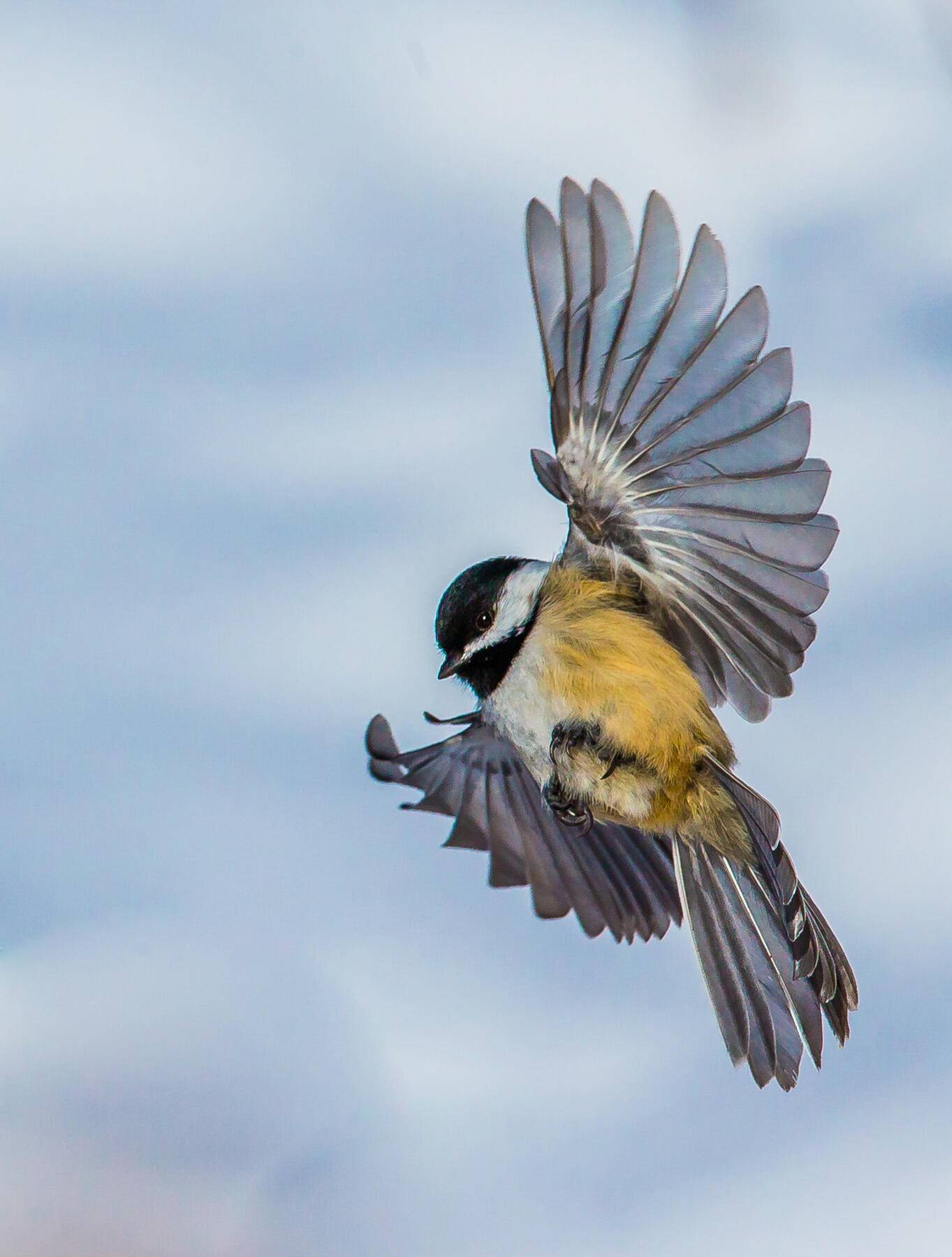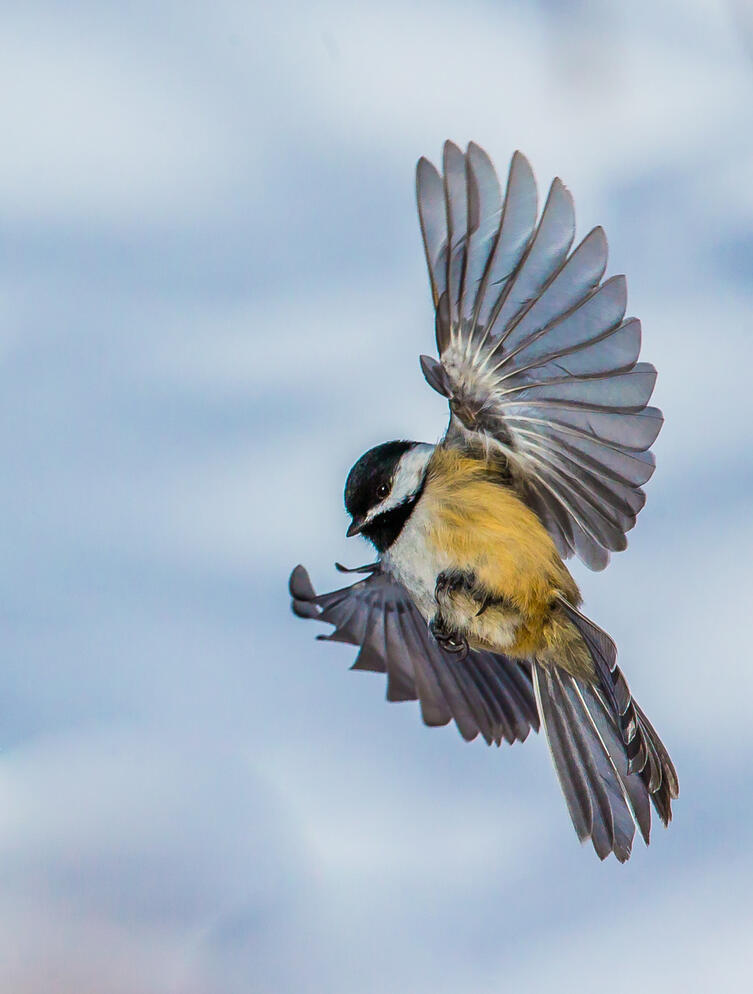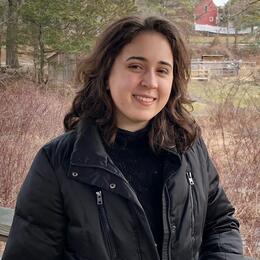Vermont House bill H.626 introduced by Representative Amy Sheldon would build on recent momentum to prohibit the use of harmful neonic pesticides. At present, the bill has stalled in the House Committee on Agriculture.
TAKE ACTION now by reaching out to local legislators to support Vermont House bill H.626.
To find your Vermont legislators: click here
One of the most important lessons I learned from studying birds as an undergraduate at Amherst College was that although birds are often resilient in the face of natural threats, they are nevertheless vulnerable to environmental changes caused by human activities. I saw, through my research on Black-capped Chickadees, how sensitive they are to changes in the environment such as climate change. Being in close contact with these little birds reinforced what a great loss it would be if they or similar species were to decrease in number due to human negligence.
We are approaching the 40-year anniversary of the publication of Silent Spring, a book in which author Rachel Carson elucidated how indiscriminate application of chemicals and pesticides, specifically DDT, polluted our streams and damaged bird and other animal populations. Simultaneously, we celebrate the milestone of removing the bald eagle from Vermont’s listing of threatened and endangered species, which occurred last month, after more than three decades of restoration work. It is crucial to recognize that the regulation of pesticides, including the ban of DDT, has been a major contributor to the comeback of the Bald Eagle in the United States. If we want to avoid creating new risks for birds, including the Bald Eagle, we need to carefully manage and regulate the application of pesticides.
One class of pesticides, called neonicotinoids, are particularly concerning. Since the 1990s, these pesticides, often referred to as “neonics,” have become increasingly popular as a means of protecting crops against insects. This class of pesticides, including imidacloprid, thiacloprid, clothianidin, and thiamethoxam are documented to have many deleterious effects on wildlife, which has raised alarm among environmentalists and the general population. This class of pesticides was banned by Europe in 2018. Nevertheless, neonicotinoids are still widely used in the United States, begging the question of whether we have learned the lesson taught from our past experience with DDT. If current widespread use of neonicotinoids continues, especially when applied preemptively, prior to assessment of need, the wellbeing of many pollinator and bird species could be at stake.
For this reason, Audubon Vermont supports the bill H.626, which proposes a temporary ban on the use of neonicotinoid pesticides in Vermont until more protective regulations are enacted by the Vermont Agency of Agriculture, Food and Markets.
The scientific evidence confirming the negative effects of neonicotinoids on birds is strong. Effects include decreased feeding and weight loss, impaired reproduction and chick development, inability to migrate correctly, diminished access to food sources, and even death.
Behavioral and Physiological Effects:
A 2017 study by Eng et al. showed that imidacloprid-dosed White-crowned Sparrows exhibited significant declines in fat stores and body mass and failed to orient correctly when migrating. It has also been shown that low dose pesticide exposure can affect thyroid function and cause malformations of chick embryos, including neural tube defects and improper development of the heart.
Diminished Food Sources:
Indirect effects on birds include the loss of aquatic macroinvertebrates that normally serve as an important food source. Insects form a substantial part of the diet of many bird species, including species native to Vermont, such as Chimney Swifts, Common Nighthawks, Purple Martins, and Eastern Meadowlarks. A 2020 study by Li et al. concluded that neonicotinoid use has led to average annual rates of reduction of 3% in insectivorous birds between 2008 and 2014. Insects are important in early development, as shown by a study of Tree Swallows that concluded that breeding success is positively associated with the availability of HUFA (highly unsaturated fatty acids)-rich aquatic insects.
Direct Mortality:
Bird species have been observed to suffer from death as a result of eating neonic-coated seeds at a dosage that is commonly used in agricultural application. One study showed that prior to death, these birds experienced symptoms including loss of balance, inability to perch, decreased activity, “fluffed” feathers, closed eyes, tremors, and convulsions. A report from the American Bird Conservancy found that a single kernel of neonic-coated corn is enough to kill a songbird.
Restrictions on neonicotinoids have already been implemented in several states. Maryland passed legislation in 2016, effective after January 2018, that limits the use of neonicotinoids unless someone is a certified applicator. Connecticut passed a bill shortly after in 2016 that classifies certain neonicotinoids as “restricted use” pesticides, required the development of “best practices” for neonic use, and established a Pollinator Advisory Committee. In 2019, bill H.205 was passed in Vermont, which classifies neonicotinoid pesticides as “restricted use”, limiting use to only trained applicators. In December 2021 California banned the use of the neonicotinoid sulfoxaflor, and in June 2021, Maine became the first state to ban neonicotinoids in residential areas. Most recently, in January 2021, New Jersey went a step further to prohibit most outdoor, non-agricultural uses.
As H.626 has been reviewed over the past three weeks by representatives of the Vermont House Committee of Agriculture and Forestry, witnesses included Audubon Vermont Conservation Biologist Margaret Fowle. She cited a 2019 research paper published by Cornell University that indicates a significant decline in bird populations in recent years. She acknowledged in her testimony that there are several factors contributing to this decline, including climate change, habitat loss, agricultural practices, window collisions, predation, chemicals, and invasive species. She went on to give the following advice to the committee:
“The alarming bio accumulation effect of DDT in the mid 1900’s became clear after the precipitous declines of predatory bird species like Peregrine Falcons, Bald Eagles, Common Loons and Osprey. And while the effects of neonics on bird populations may be challenging to isolate, it's important to be proactive so as to avoid a certain scenario like DDT.”
For too long pesticides have been approved for use without thorough preliminary testing of the impacts of these chemicals on the natural environment. Help end the cycle of reckless policy by showing support for bill H.626.
TAKE ACTION now by reaching out to local legislators to support Vermont House bill H.626.
To find your Vermont legislators: click here

















